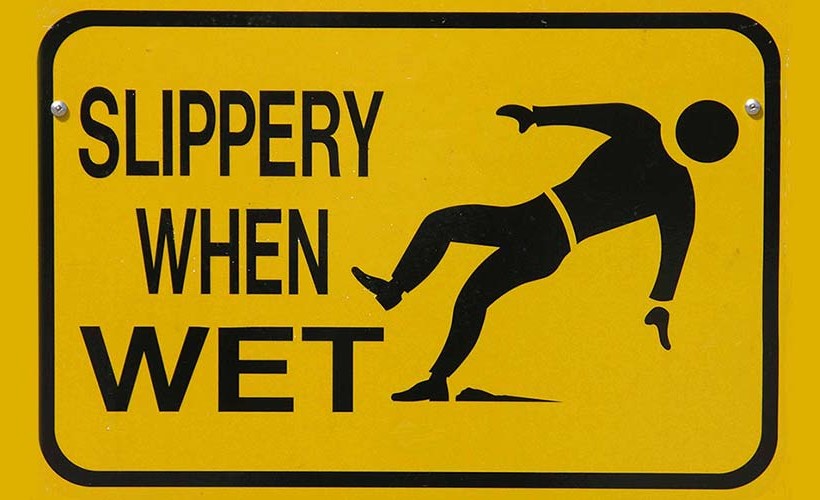Mental health is a significant problem in workplaces across all sectors and is one of the fastest growing categories of disability costs in Canada.
Statistics reveal that one in five people will experience a mental illness directly. The other four out of five may not have a problem themselves but will have a friend, colleague or family member who is dealing with a mental health issue.
The cost of poor mental health in the workplace is staggering; some sources have the number estimated at close to $20 billion in lost labour market participation in 2012. It is the now the second-leading cause of short term disability claims in Canada (Source: Conference Board of Canada).
Those who experience mental health issues face challenges in the workplace that may not seem as important to some, but are vital to their success or failure in the work environment. Many who suffer feel misunderstood, shunned, and underutilized. In a world where shortages of critical skills are top of mind for many organizations, employers cannot afford to allow a situation like this to continue.
There are strategies and policies that can be put in place to combat negative outcomes that occur due to the cost of poor workplace mental health. We’ve put together some tips that can be used to help combat this growing issue.
Make managing mental health in the workplace a priority.
This should be built on a solid policy that reinforces the relevance of worker mental health to the organizations priorities and goals. Having support from all levels of management will go a long way in creating an environment that is supportive.
Provide information, programs and policies that promote early recognition and response to employees who may be suffering.
Similar to any issue, the earlier it is identified the easier it can be resolved. If an emerging psychological concern such as anxiety or depression is appropriately addressed there is a much greater likelihood that intervention will be effective.
Provide managers and supervisors with resources and support to address workplace mental health issues.
Managers and supervisors need ongoing support and training and should have access to useful tools and programs to address the mental health of their employees.
Assist in preventing or minimizing relapse or recurrence.
Although there are many effective treatments available, the likelihood of a relapse is always there. For this reason it’s important for employers to plan for these so as to make it less intrusive to the sufferer and the work environment.
Above all, employers who are prepared and have the resources available to address and cope with mental health issues in the workplace will be more capable to handle the outcomes – be it the loss of an employee or an interrupted work environment. So as an employer, be sure to make use of resources provided by various organizations including the Canadian Mental Health Association and the Canadian Mental Health Alliance.


